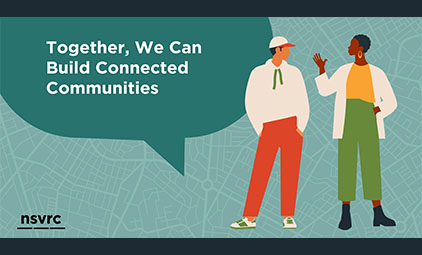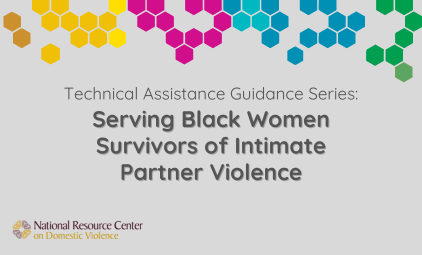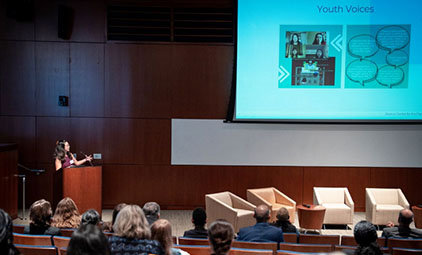Asset-based programs consist of initiatives to promote the acquisition of assets among low-income families (Sherraden, 2001). Common among asset-based programs are Individual Development Accounts (IDAs) and microenterprise development programs (Sherraden, Sanders, & Sherraden, 2004). IDAs are matched savings programs that enable low-income participants to save, build assets, and enter the financial mainstream. Research supports positive economic, social, and psychological associations between asset ownership and well-being outcomes (Scanlon & Page-Adams, 2001).
While in their infancy, community initiatives aimed at providing services and resources to promote the economic well-being and independence of survivors of domestic violence, including IDA programs, are emerging (Sanders & Schnabel, 2006; Postmus, 2010).
- These include IDA and economic education programs designed specifically with the safety and resource needs of domestic violence survivors in mind (see for example, REAP, 2005).
- Studies of these programs are limited, yet promising. Two studies that examine one such program indicate positive economic, social, and psychological benefits for women who participated (Sanders, 2007; 2010). While not all women successfully saved in their IDA and purchased assets the majority did, demonstrating that survivors of domestic violence can successfully save.
- Research on asset building for survivors is in early stages and future research should include long-term studies that examine more rigorously the relationship between participation in asset building programs and intimate partner violence.
- Of critical importance to practitioners and advocates who develop and implement such programs is the inclusion of safety components.
Adding asset development components to the array of services provided by domestic violence programs while desirable, will also present certain challenges for practitioners to consider.
- Examples include financial constraints and costs of matching funds, costs of adding dedicated staff time to support an IDA program, financial education, and economic safety planning.
- Assessing economic abuse and economic circumstances to determine whether women are ready and able to be successful in an IDA program, especially among shelter populations compared to non-residential service providers is an important consideration (Weaver, Sanders, Schnabel, & Campbell, 2009).
- The current economic crisis suggests that precautions must be taken to protect women from the marketplace, including predatory lending practices and weighing the advantages and disadvantages of pursuing homeownership in the currently volatile housing market.
Asset building programs for survivors of domestic violence have potential implications for long-term economic stability and in turn women's safety. Asset building initiatives have received substantial attention and policy support. However, support for programs specifically for survivors of domestic violence is lacking. Domestic violence advocacy programs are in a unique position to insure survivors are afforded the opportunities such programs provide.













